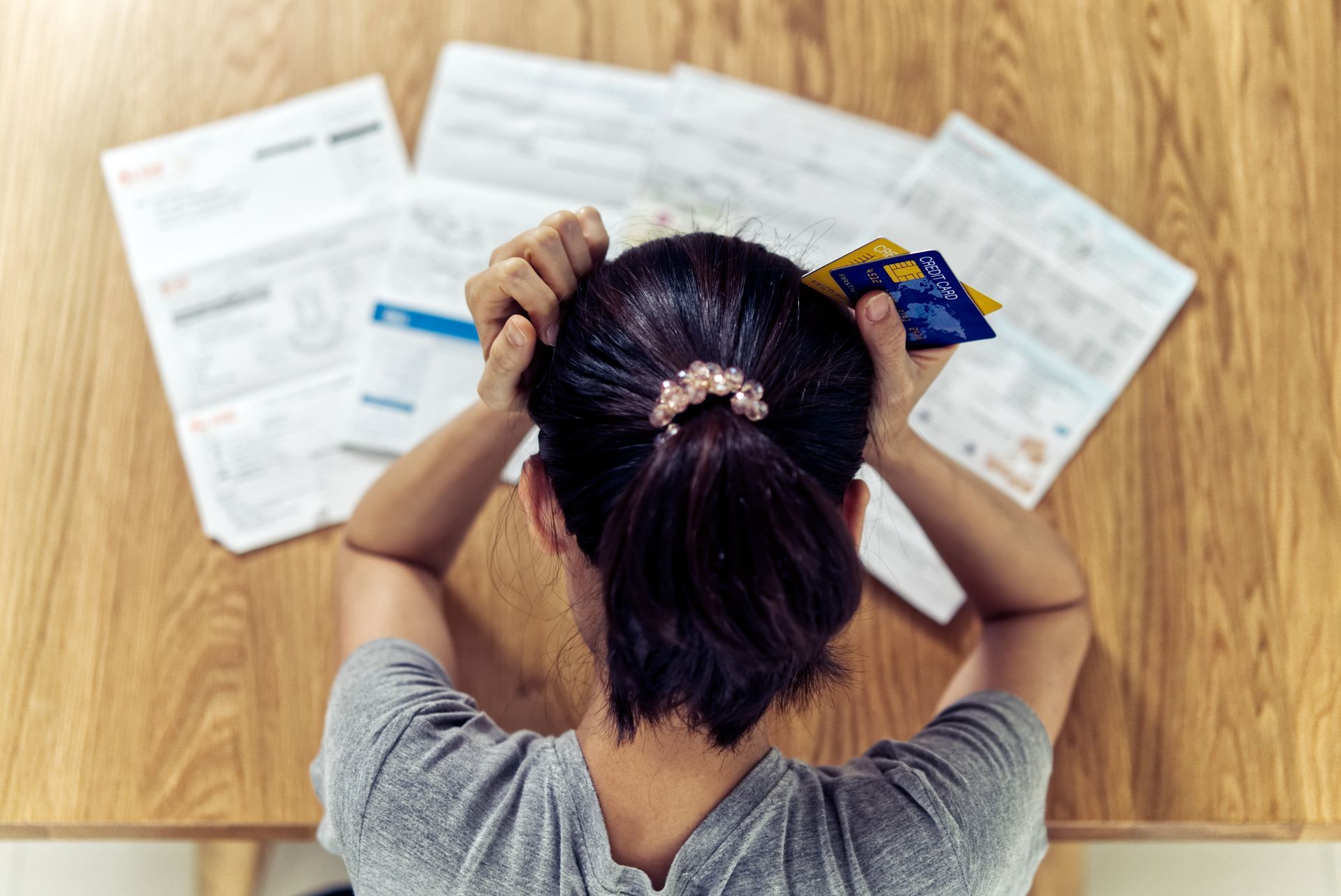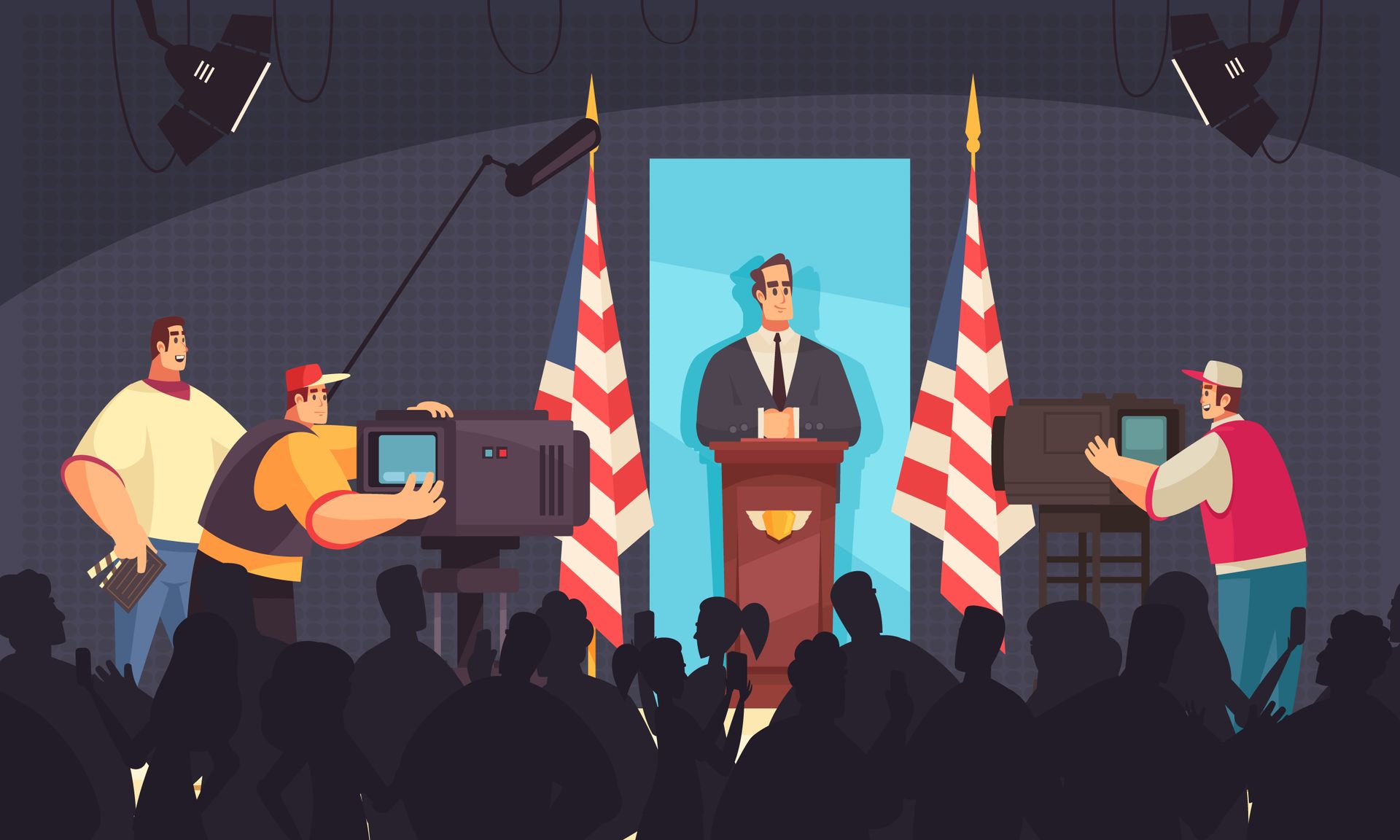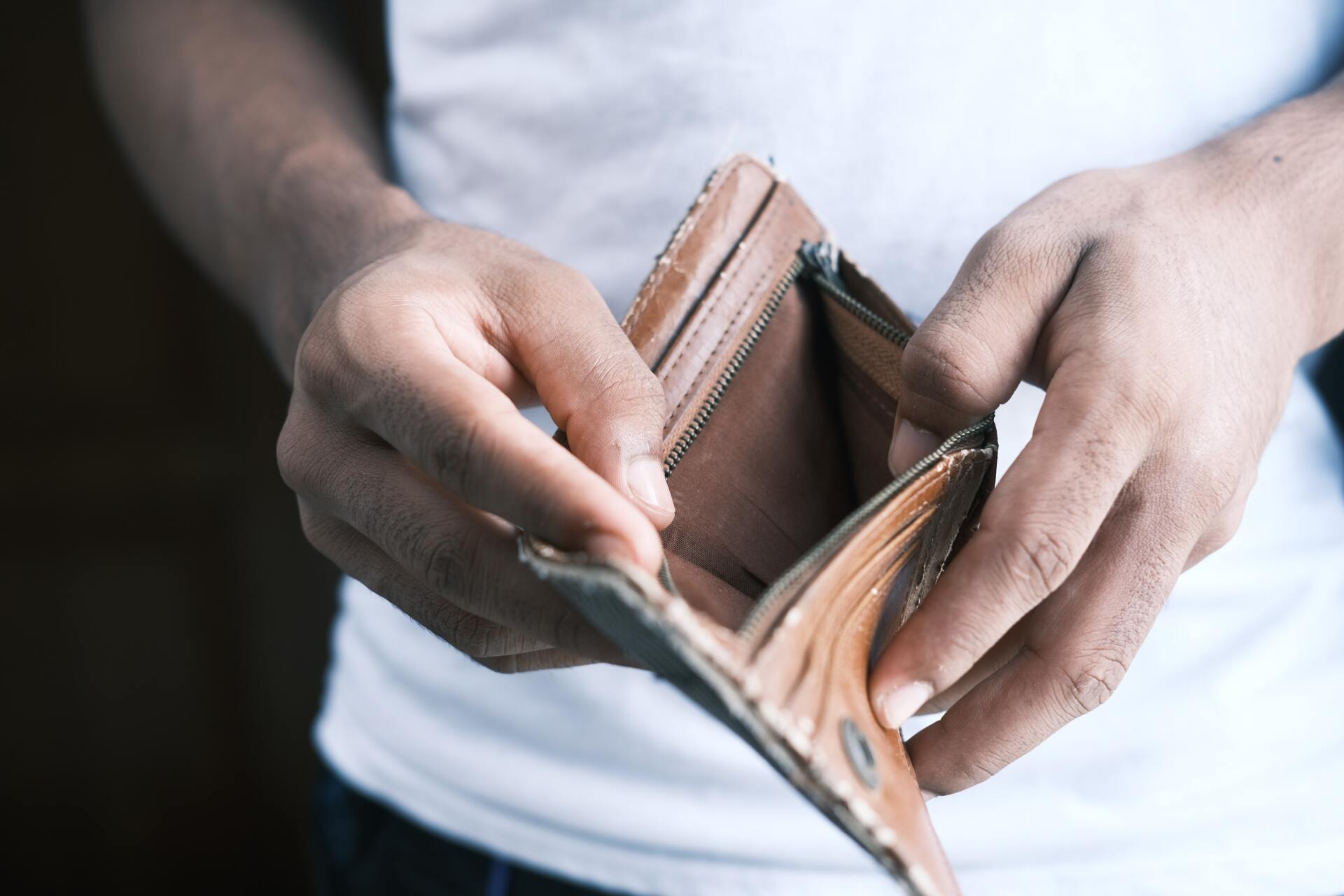Discharging Student Loans in Bankruptcy in 2023
Bankruptcy and Student Loans in 2023
There are finally significant changes to how student loans are discharged in bankruptcy. They come from new guidelines for the Department of Justice (DOJ) attorneys representing the Department of Education (DOE) when someone asks to discharge their student loans. These new guidelines give bankruptcy attorneys like us assurance that when these rules are met, the DOJ will not oppose the discharge of student loans:
Discharging Student Debt in Bankruptcy Before the New Guidelines

For years, it has been extremely difficult to discharge student loans in bankruptcy. The rules weren’t that complicated but proving that you met them was very difficult. Essentially, the rules aren’t changing that much; It is just much clearer how we can show that you can satisfy them.
Previously, we found that this was an expensive, lengthy and uncertain process. It could also be very intrusive because the DOJ attorneys could request all kinds of information under the “discovery” process. It felt very much like an invasion of your privacy. Plus it was not clear what we could provide to the DOJ to get them to agree that you should be able to discharge your student loans. So, facing a long and expensive legal battle that could involve looking into private matters, most people simply chose not to try to discharge their student loans.
The rules then and now required three things-
- You were unable to support yourself and your dependents and have money left over to make your student loan payments;
- Your situation was unlikely to change; and
- You had made a good faith effort to pay your student loans.
We found that these rules were fairly loose and subject to interpretation. There were no clear guidelines on how to prove that you met these tests. And basically the DOJ and the DOE were instructing the attorneys handling these cases to oppose most requests.
Biden Administration, Department of Education and the Department of Justice

The Biden Administration has been trying to make changes to the student loan system including proposing limited debt forgiveness for some student loans. The new guidelines shouldn’t be confused with the forgiveness program. It drew a lot of immediate political opposition. Lawsuits were filed that will put the program on hold while the issues are worked out in Court.
The new guidelines are internal. They are simply the Biden Administration’s Department of Education giving the Department of Justice new instructions on how to handle requests for bankruptcy discharges of student loans. Therefore, it is all inside the Biden Administration where they have a lot more discretion, so it is unlikely that these new guidelines will be subject to the same kind of litigation as the student loan forgiveness program.
Changes Made by the New Guidelines
Now there are clear instructions to the Department of Justice on when it should not oppose your request to discharge your student loans in bankruptcy. This means that we are able to give you better advice about your individual situation. If you meet them, we can be much more confident that your student loans will be discharged.
To prove that you meet the first test, that you can’t afford to pay your student loans, we now will be able to use the IRS Collection Standards for your expenses. These are developed by the IRS for tax collection cases and will now be used in this process to determine if you can maintain an adequate standard of living and have money left to make your student loan payments. These standards are regularly updated and published so we can see exactly what they are and how they apply to you.
You can see them yourself by going to these links.
https://www.irs.gov/businesses/small-businesses-self-employed/local-standards-transportation
Remember that the standard for medical expenses is a floor, not a ceiling, so you will be allowed your actual medical, prescription and dental expenses as well as any health, etc insurance. Also, taxes and business expenses are allowed.
These allowable expenses are compared to your household’s gross income. If they exceed it, this test is met. The guidelines say that for this gross income information we can use the same income figures as were (or would be) filed in your bankruptcy schedules.
If you have some income after the allowable expenses but it is not enough to pay the student loans, you might qualify for a partial discharge.
For the second test, whether this situation is likely to continue, there is a presumption that will apply if any of five conditions exist:
- You are older than 65;
- You have a disability or chronic illness or injury;
- You have been unemployed for 5 of the last 10 years;
- You failed to obtain the degree for which the student loans was incurred; or
- The loan has been in a payment status other than “in-school” for ten years.
These are not intended to be hard and fast rules but, as the name suggests, they are guidelines, so you might still qualify even if you don’t meet the exact terms of these criteria. For example, if you have been chronically unemployed, even though you have worked on and off over the last ten years.
For the third and final test, whether you have made an effort to repay your student loans, the guidelines list seven ways to show that you have:
- Making a payment or payments
- Applying for forbearance or a deferment
- Applying for an income driven repayment plan (IDRP)
- Applying for a federal consolidation loan
- Responding to contact from a servicer or collector
- Engaging meaningfully with the Department of Education or a servicer about repayment options
- Engaging meaningfully with someone or an agency that you believed would help you deal with your student loan
What This Means for Borrowers

For borrowers, it means that if you meet the guidelines, the Department of Justice will stipulate to the facts supporting a discharge of your student loans. You will have a much better chance of discharging them if the DOJ has stipulated to these facts.
In turn, this means the realistic possibility of relief in Bankruptcy Court from overwhelming student loan debt. It means that you too might get a fresh start by discharging your student loans.
This gives student loan borrowers a real chance for a normal financial life. It means considering things that seemed out of reach, like buying a home, saving for your retirement or starting a family. It lets us give you the benefits of bankruptcy, like relief from your biggest debt and the ability to rebuild your credit, which previously really were not available to people with significant student loans, are now within the realm of possibility.
Contact a Bankruptcy Attorney About Discharging Your Student Loans
Bankruptcy itself can be complicated and these new guidelines are even more so. But an experienced, dedicated and thorough bankruptcy attorney can make a difference.
We evaluate your situation and if you meet the three tests, we will help you complete the required attestation and ask the DOJ to stipulate to the crucial facts. We would then present the Order to the Court and advocate for the discharge of the student loans before the Bankruptcy Judge.
Contact us to set up a phone appointment to discuss your situation. We can discuss the guidelines and evaluate whether you might be eligible, all in a free consultation.
Also, if you like, you can email us at info@oregon-attorneys.com to get a free copy of the 16 page Department of Justice “GUIDANCE FOR DEPARTMENT ATTORNEYS REGARDING STUDENT LOAN BANKRUPTCY LITIGATION” with many details about the issues discussed in the Blog post.
It is also available at
https://www.justice.gov/civil/page/file/1552681/download
There DOJ press release about the new guidelines is available at
https://www.justice.gov/opa/pr/justice-department-and-department-education-announce-fairer-and-more-accessible-bankruptcy
We want to help you learn if you might be able to discharge your student loans. You deserve to know if this important opportunity might be right for you. But don’t wait. A new administration could issue new guidelines in the future that go back to the old system of making a student loan discharge very difficult to receive in bankruptcy.








Share On: